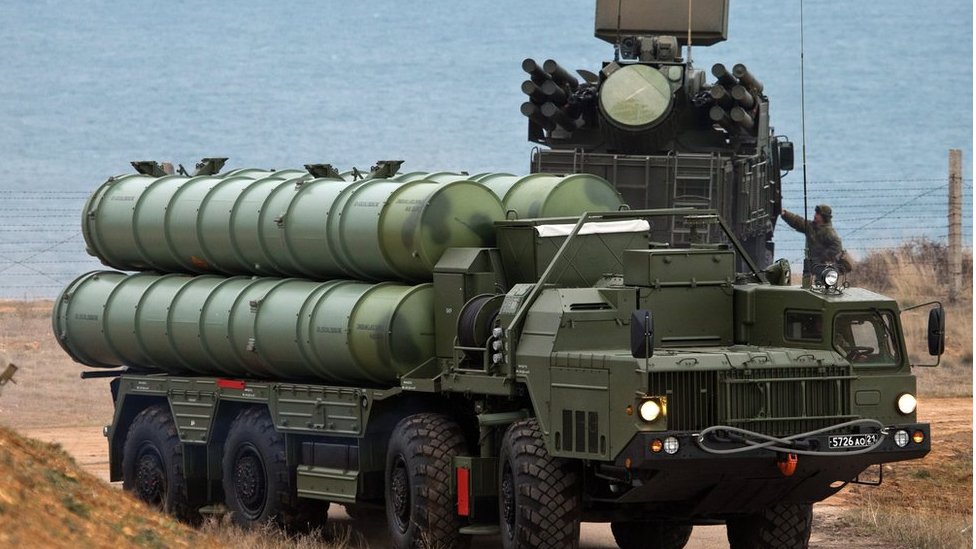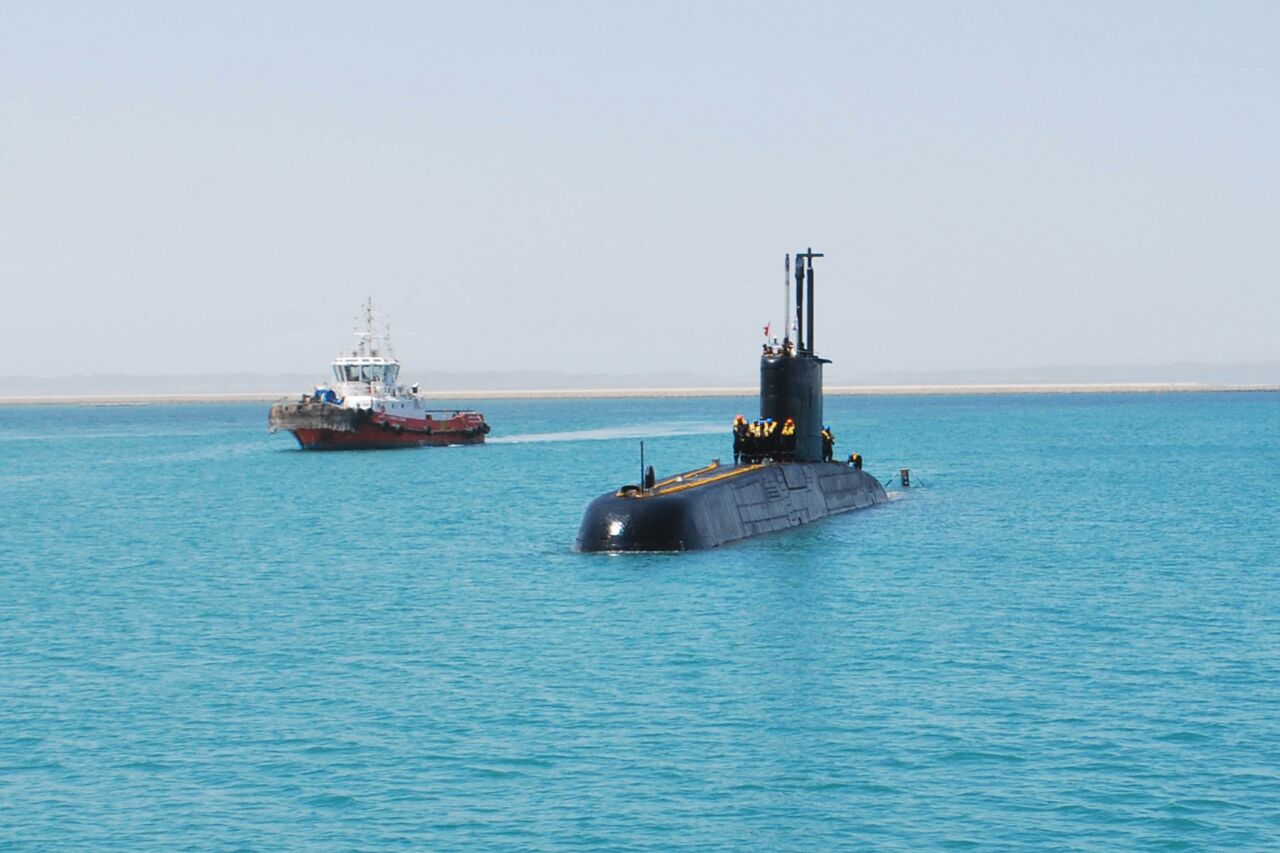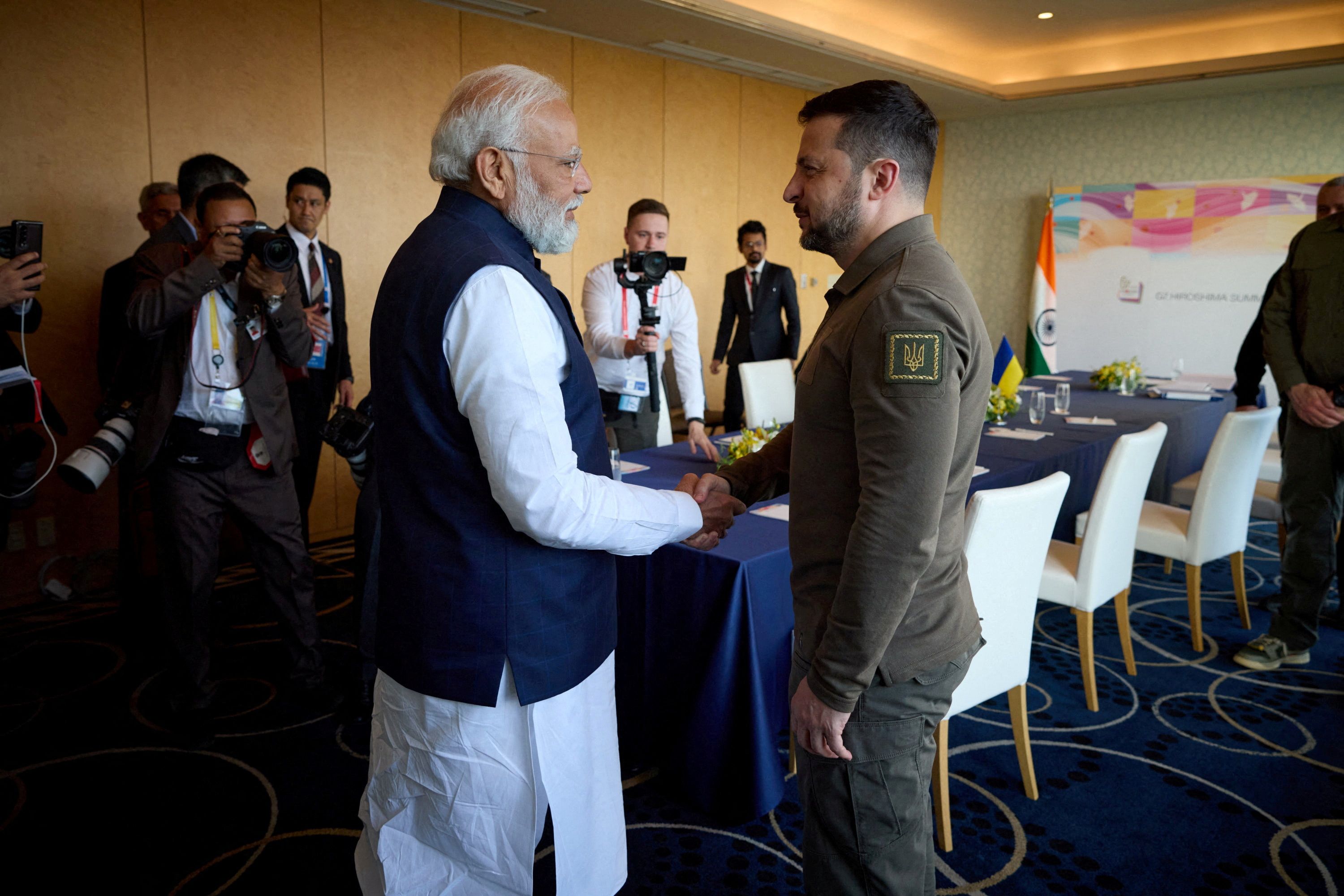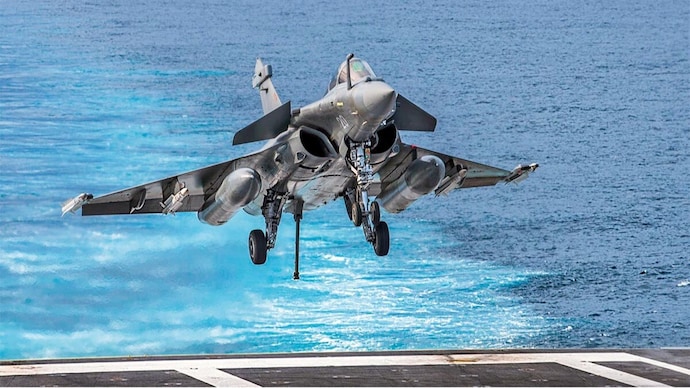SOURCE: RAUNAK KUNDE / NEWS BEAT / IDRW.ORG

Sources close to the Indian defence industry have revealed to Sputnik that an agreement for in-country maintenance and repair of the S-400 air defence systems is nearing completion. This agreement will reportedly involve a joint venture between an Indian company and the S-400 manufacturer. The foreign partner will provide crucial technical assistance to the Indian company and aid in establishing the necessary infrastructure for local maintenance.
With S-400 squadrons deployed across India, the plan foresees the creation of potentially two dedicated maintenance centres within the country. This localized approach will ensure swift response times and streamlined maintenance procedures.
Continue readingSOURCE: RAUNAK KUNDE / NEWS BEAT / IDRW.ORG

India’s Project-75I, a crucial initiative to procure six next-generation submarines, is set to usher in a new era of domestic offensive capabilities. As per reports, these submarines will be the first to be equipped with at least six indigenously developed Submarine-Launched Cruise Missiles (SLCMs).
These Made-in-India SLCMs, successfully tested multiple times, boast an impressive range of 500 kilometres. They can be launched through the submarines’ torpedo tubes, offering the Indian Navy a potent dual capability – Land Attack Cruise Missile (LACM) and Anti-Shipping Cruise Missile (ASCM). This significantly enhances the Navy’s offensive prowess against both land-based and maritime targets.
Continue readingSOURCE: RAUNAK KUNDE / NEWS BEAT / IDRW.ORG

IIT Jammu’s deep-tech startup, SAP Aerospace, has achieved a milestone with the successful test firing of their indigenously developed Fuel-Flex Combustor. This marks a significant step forward in India’s pursuit of self-reliance in aerospace technology.
The combustor is a critical component of any jet engine. It’s where fuel and air are mixed and ignited, generating the hot exhaust that propels the aircraft. SAP Aerospace’s Fuel-Flex Combustor, with its stunning “tulip-blue” flame, is designed for adaptability, potentially allowing for operation on different fuel types.
Continue readingSOURCE: AFI

As Brazil seeks to bolster its air defense capabilities, two prominent contenders have emerged for the Brazilian Air Defense Missile contract: China’s Sky Dragon-50 and India’s Akash Air Defence System. Both systems are renowned for their advanced technology and effectiveness, but they differ significantly in design, capabilities, and operational philosophy.
Here, we compare these two air defense systems to provide a comprehensive understanding of their strengths and potential impact on Brazil’s air defense strategy.
Continue readingSOURCE: AFI

Indian defense contractor SSS Defence is making a significant stride towards enhancing mission effectiveness for domestic security forces. The company has announced the development of a comprehensive weapon system lineup incorporating indigenously-made suppressors.
SSS Defence recognizes the importance of specialized training and unwavering focus on quality when employing close-quarter combat (CQB) weapons. Their commitment to domestic manufacturing extends beyond the firearms themselves, encompassing the suppressors that play a vital role in covert operations.
Continue readingSOURCE: AFI

Prominent defence journalist Anantha Krishnan M has reported a concerning development for the Light Combat Aircraft (LCA) Tejas program. According to Krishnan, Shri Sanjay Sharma, a crucial member working with the Integrated Flight Control System (IFCS) testing facility (Iron Bird) at the Aeronautical Development Establishment (ARDC), has resigned.
The IFCS is a vital system for any modern fighter aircraft, controlling its flight dynamics and stability. The Iron Bird facility simulates flight conditions for ground testing of the IFCS, playing a critical role in the Tejas program’s development.
Continue readingSOURCE: AFI

In 1981, a promising chapter in Indian naval history began with an agreement to acquire two Type 209 submarines from the German firm HDW. This deal, however, took a sharp turn for the worse, leaving behind a legacy of missed opportunities and impacting India’s submarine ambitions.
The plan wasn’t just about acquiring submarines; it was about acquiring knowledge. The agreement envisioned Mazagon Dock Limited (MDL) constructing two additional submarines, leveraging a transfer of technology (ToT) from HDW. This aimed to establish an indigenous submarine production line, a significant step towards self-reliance.
Continue readingSOURCE: IDRW.ORG

Hindustan Aeronautics Limited (HAL) recently received a Request for Proposal (RFP) for the supply of 156 LCH Prachand attack helicopters, with 90 units earmarked for the Indian Army and 66 for the Indian Air Force (IAF). However, this might just be the beginning for the Prachand’s journey with the IAF.
The IAF is reportedly reconsidering its plans to procure additional heavy-lift Apache attack helicopters. This opens the door for a potential expansion of the Prachand order. The IAF is impressed with the Prachand’s capabilities and might opt for more indigenous helicopters to fulfill its needs.
Continue readingSOURCE: IDRW.ORG

The Defence Research and Development Organisation (DRDO) is seeking an innovative Indian startup to develop a next-generation underwater vehicle under its Technology Development Fund (TDF) scheme. This groundbreaking project aims to create an Underwater Launched Autonomous Underwater Vehicle (ULAUV) capable of enhancing India’s underwater military capabilities.
The ULAUV is designed to be deployed from underwater platforms, significantly extending their reach and capabilities. Imagine a submarine discreetly launching a drone to gather intelligence, conduct surveillance, or even carry out reconnaissance missions. This ULAUV will be a game-changer for underwater ISR (Intelligence, Surveillance, and Reconnaissance) operations.
Continue readingSOURCE: AFI

Indian aerospace company Dg Propulsion Private Limited (DPPL) has achieved a significant milestone with their selection as an iDEX winner. The announcement, confirmed by DPPL director Prateek Dhawan, reinforces the company’s vision and commitment to advancing indigenous turbojet engine technology in India.
DPPL’s focus centers on the development of high-speed Unmanned Aerial Vehicles (UAVs). Their innovation comes in the form of the DG J40 jet engine, boasting an impressive thrust capacity of up to 40 kgf. This achievement signifies a crucial step towards self-sufficiency in the critical defense and civilian sectors, potentially reducing reliance on foreign engine imports.
Continue readingSOURCE: AFI

Armenian forces participating in the Eagle Partner Military Drill 2024 are equipped with cutting-edge thermal imaging technology from Tonbo Imaging, a leading Indian defense contractor. The drill, focused on enhancing regional cooperation and military preparedness, sees Armenian soldiers wielding the Tonbo Spartan-S, a next-generation Clip-On Thermal Weapon Sight (CLIPON).
The Spartan-S is designed to be both feature-rich and easy to use. Weighing in at under 300 grams, it offers a comfortable all-in-one handheld unit. This multi-mission uncooled thermal imaging sight seamlessly integrates with small and medium caliber weapons as a true Clip-On sight. Additionally, it can function as a standalone sight, handheld viewer, or even a helmet-mounted system, providing versatility for various tactical scenarios.
Continue readingSOURCE: AFI

In a significant milestone for the Indian space technology sector, Dhruva Space has received authorisation from the Indian National Space Promotion and Authorisation Centre (IN-SPACe) to offer Ground Station as a Service (GSaaS). This authorisation marks a pivotal development, empowering Dhruva Space to provide critical ground support for satellite communication and control.
The GSaaS capability offered by Dhruva Space ensures reliable data transmission, enhances mission flexibility, and reduces operational costs for satellite operators. This development is poised to revolutionise the satellite communication landscape by enabling real-time interaction with satellites, which is crucial for a wide array of applications, from weather forecasting to disaster management.
Continue readingSOURCE: AFI

The Indian Navy’s tactical think-tank, the Indian Naval Tactical Evaluation Group (INTEG), has signed a Memorandum of Understanding (MoU) with the Indian Institute of Technology Bombay (IIT Bombay). This collaboration leverages the expertise of IIT Bombay’s academic minds to enhance the Indian Navy’s warfighting capabilities.
Functioning under the Flag Officer Doctrines and Concepts, INTEG serves as the Indian Navy’s intellectual engine room. The group is tasked with devising and evolving tactical procedures and warfighting doctrines to ensure the Navy’s preparedness for modern maritime challenges.
Continue readingSOURCE: AFI

India has officially raised concerns with Kyiv regarding the recent remarks made by Ukrainian President Volodymyr Zelensky during Prime Minister Narendra Modi’s visit to Russia. On July 9, President Zelensky criticized PM Modi’s meeting with Russian President Vladimir Putin at his dacha, describing it as a “devastating blow to peace efforts.”
President Zelensky’s statement highlighted his disappointment, stating, “It is disheartening to see the leader of the world’s largest democracy embrace the world’s most notorious criminal in Moscow.” His comments were made in the context of the recent hospital attack in Ukraine, which tragically resulted in the deaths of several children.
Continue readingSOURCE: RAUNAK KUNDE / NEWS BEAT / IDRW.ORG

recent report in “The Print” indicates that India and France have reached a critical milestone in negotiations for the procurement of 26 Rafale M fighter jets for the Indian Navy. The agreement pertains to the base price of the aircraft, which will be tailored to meet the Navy’s specific operational needs.
These Rafale M fighters will incorporate several enhancements requested by the Navy to ensure seamless operation from both indigenous and Russian-origin aircraft carriers. These modifications will build upon the improvements already implemented for the Indian Air Force’s (IAF) Rafale jets.
Continue reading